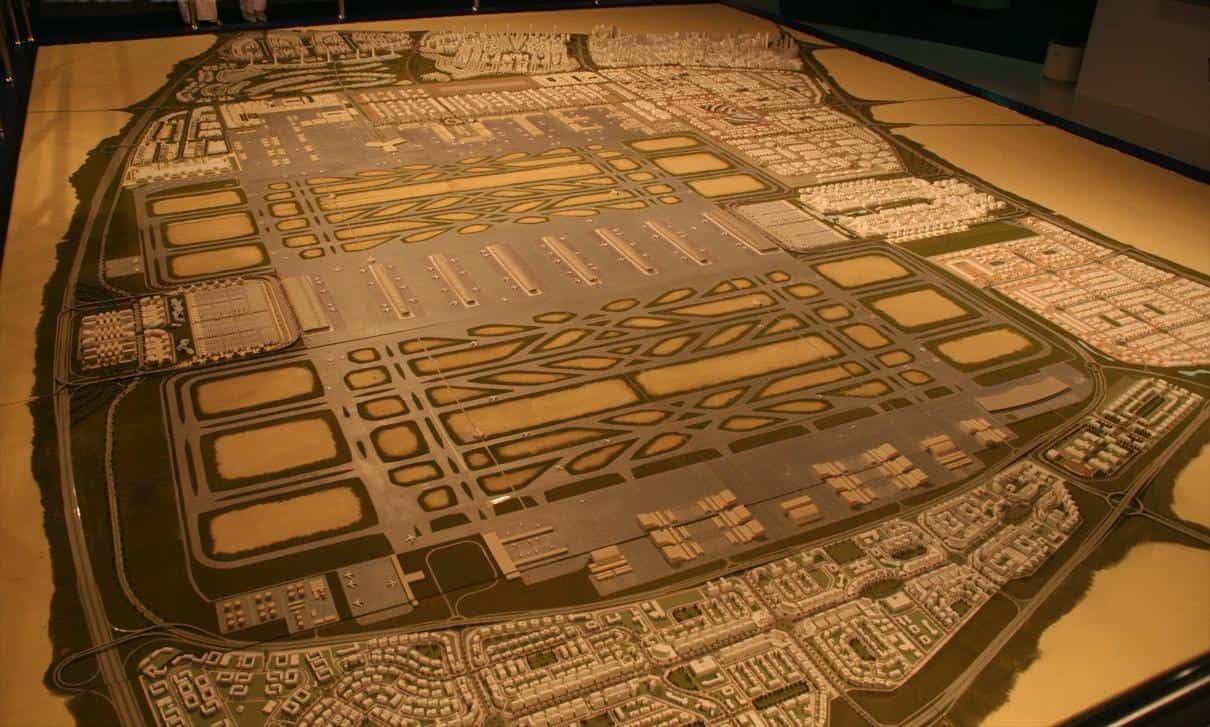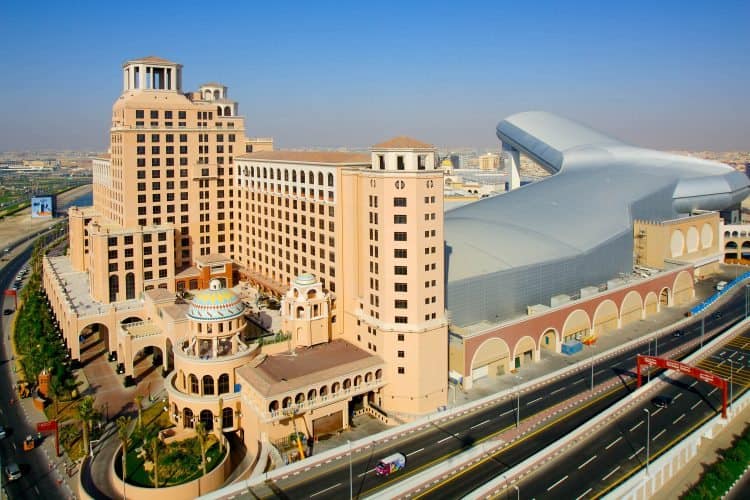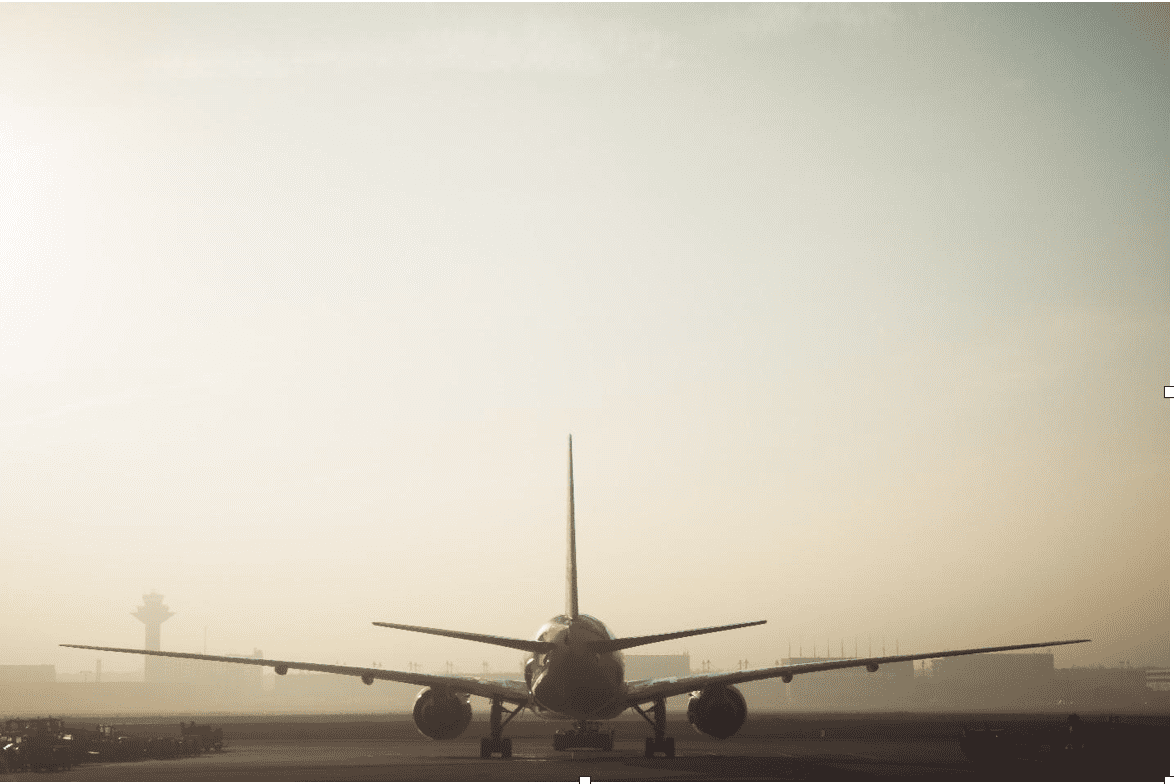
Al Maktoum Will Dwarf Any Airport in the World Today When it is Complete
By Oscar Davis
Dubai is set to house the largest airport in the World, and once complete, it will have a free zone conducive to business and residential options. This massive venture sums up the city’s unwavering dedication to pushing boundaries and establishing new standards.
Dubai intends to build an airport by 2050 that outperforms all other airports in terms of size, capacity, and technological innovation. This will become possible through meticulous planning and cutting-edge infrastructure construction.

By commencing this enormous project, Dubai hopes to strengthen its status as a major center for aviation worldwide, promoting seamless travel, encouraging economic growth, and attracting even more international visitors through many UAE tour operators.
The city’s goal for a ground-breaking airport represents its unwavering commitment to excellence and its determination to influence the future of aviation.
Dubai South
Dubai South, covering an area of 145 square kilometers, is the largest single urban master development focusing on an aviation and logistics ecosystem that, when fully operational, will be home to the largest airport in the World. The master development is complemented by a multi-modal transport infrastructure that connects land, air, and sea.
Overall, Al Maktoum International Airport in 2023 represented a significant step forward in Dubai’s aviation landscape. As part of a long-term vision, it aimed to complement Dubai International Airport, offering additional capacity and connectivity to support the city’s ambitious growth plans. Today most of the air traffic into Dubai is through DIA. It is named after Sheikh Mohammed bin Rashid al-Maktoum
255 Million Passengers a Year
By 2050, Al Maktoum International Airport in Dubai South could be the world’s largest airport, with a capacity of 255 million passengers annually. Al Maktoum International Airport, also called Dubai World Central, is not your typical airport as it’s the World’s first purpose-built “aerotropolis,” a city within a city conceived to be an aviation hub of unmatched size and efficiency. The airport aspires to grow to be the largest airport globally by 2050.
Al Maktoum International Airport intends to handle all types of aircraft. Up to four aircraft will be able to land simultaneously. The airport was initially planned to have six runways, but this number was reduced to five 4,500 m (14,800 ft) parallel runways in April 2009, with a large passenger complex in the middle.
‘The economic zone ‘will be home to the world’s largest airport once complete, and a multi-modal transport infrastructure linking air, land, and sea,’ a tweet from Dubai South reads.
The airport will also be business-friendly and provide a range of residential options for commuters.

Al Maktoum International Airport extending for 14,000 hectares or 35,000 acres in the Jebel Ali area, will for sure dwarf its counterparts. To put into perspective this airport’s size, the renowned John F. Kennedy International Airport in New York City covers 4,930 acres, while the Los Angeles International Airport covers 3,500 acres and serves 29 million passengers annually.
$33 Billion Project in Dubai
This $33 billion project was launched 13 years ago for cargo operations and has now switched to passenger-oriented facilities. The first set of development is set to be completed by 2030, and millions of passengers may start landing through the airport. The airport anticipates reaching its full capacity of 255 million passengers annually by 2050.
The airport will include a logistics hub, a luxurious golf resort, a vibrant hotel, and residential area, a buzzing commercial district, and a huge trade and exhibition facility covering 3 million square kilometers. This airport will transform the surrounding area into a flourishing metropolis, a city with seamless connectivity and unlimited opportunities.
As of 2022, the Dubai International Airport covering 2,900 hectares, recorded an impressive 66.1 million passengers. With the completion of Al Maktoum International Airport, however, Dubai’s aviation landscape will be changed forever.
How Much Big?
The Al Maktoum International Airport will be roughly larger than Dubai International Airport by ten times, which is the largest airport in Dubai currently.
How Many Million Passengers?
The Al Maktoum Airport is projected to handle around 200 million passengers annually when it is completed in 2050. The airport is currently used mainly for cargo traffic but has a capacity of 7 million passengers when traveling with a UAE visit visa.
Total Capacity?
Al Maktoum has the capacity to handle 16 million tons of cargo annually when it’s completed. The airport will be part of a logistic base that links flight, sea, and rail transportation.
How Long Are Al Maktoum’s Runways?
In order to accommodate simultaneous quadruple parallel aircraft approaches, there are five S=Code F runways of 4.5 km each and widely spaced. Code F runways are the biggest runways. The major airports of today were constructed with Code E runways.
How Much Does It Cost?
The Al Maktoum Airport development project is estimated to cost US$32 billion.
How Sustainable Will the New Airport Be?
Sustainable Infrastructure: As Dubai looks toward a greener future, sustainability remains a cornerstone of Al Maktoum International Airport’s expansion plans. The airport’s facilities will be powered by renewable energy, harnessing the sun’s abundant rays through solar panels integrated seamlessly into the architecture.
Smart energy management systems will optimize resource usage, minimizing waste and reducing the airport’s carbon footprint. With an emphasis on eco-conscious practices, Al Maktoum International Airport aims to be a beacon of sustainable aviation.

Oscar Davis is a freelance writer from Leeds, UK.
- Bareboat Charter vs all-inclusive Crewed: Which Luxury Charter Fits You? - December 29, 2025
- Beyond Pad Thai: A Nomad’s Guide to Thai Cuisine - December 17, 2025
- Last Minute Gift Ideas for Christmas Fun - December 16, 2025





